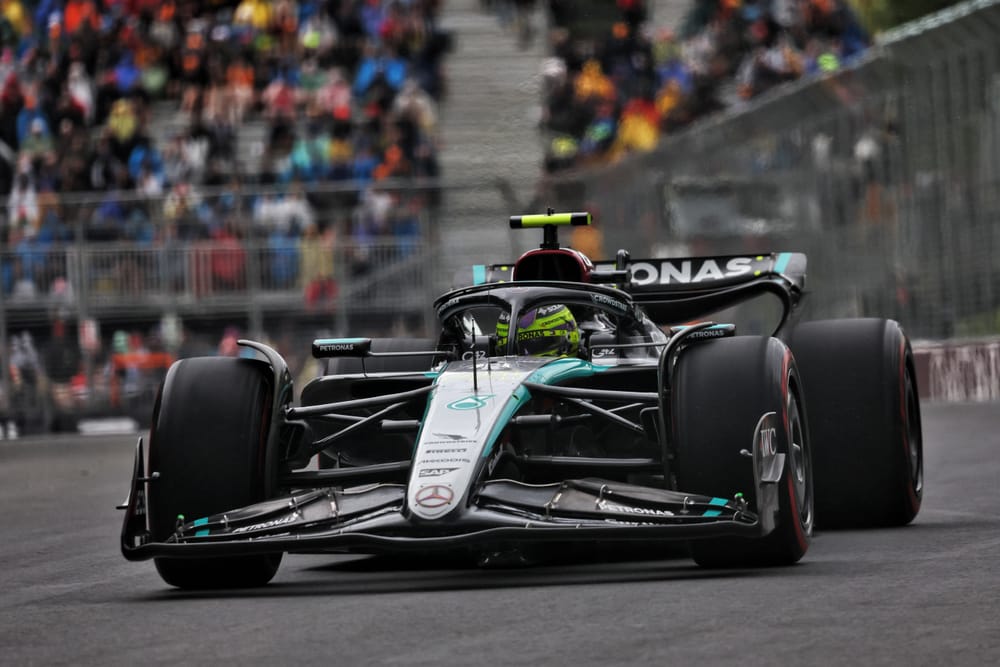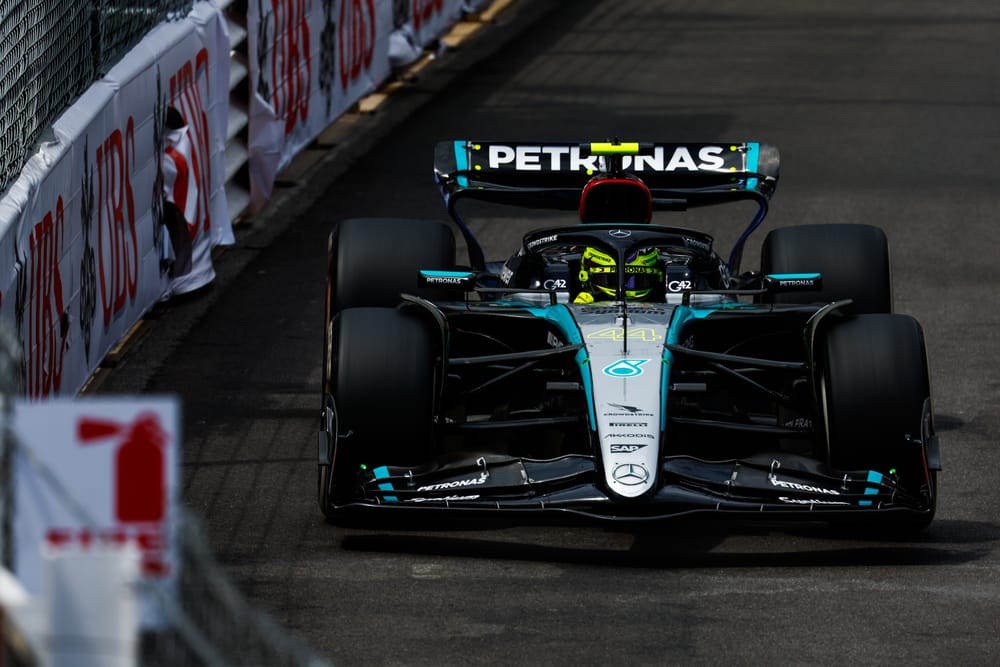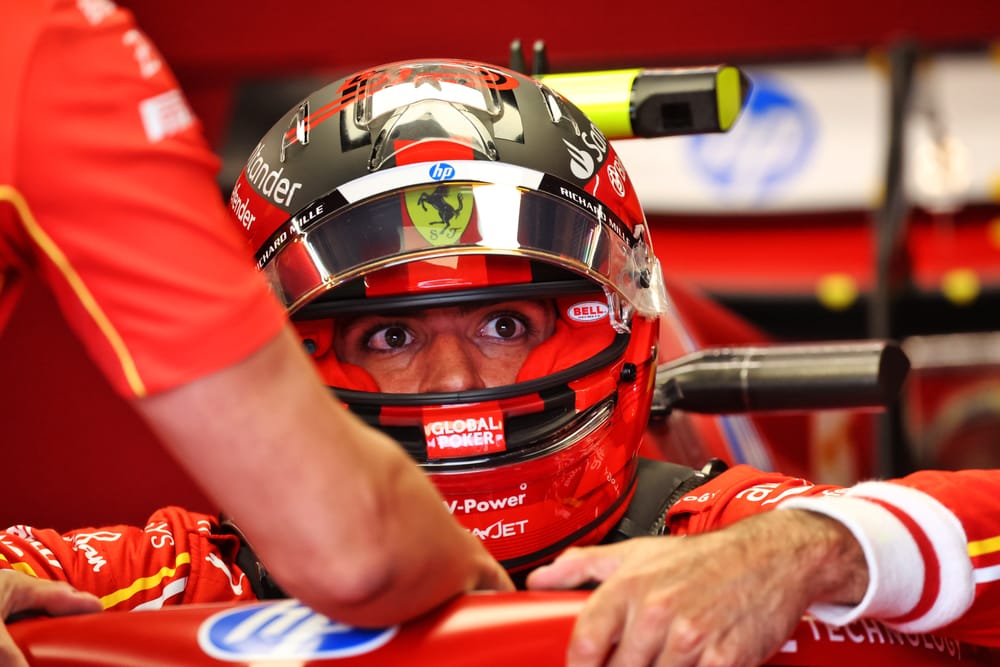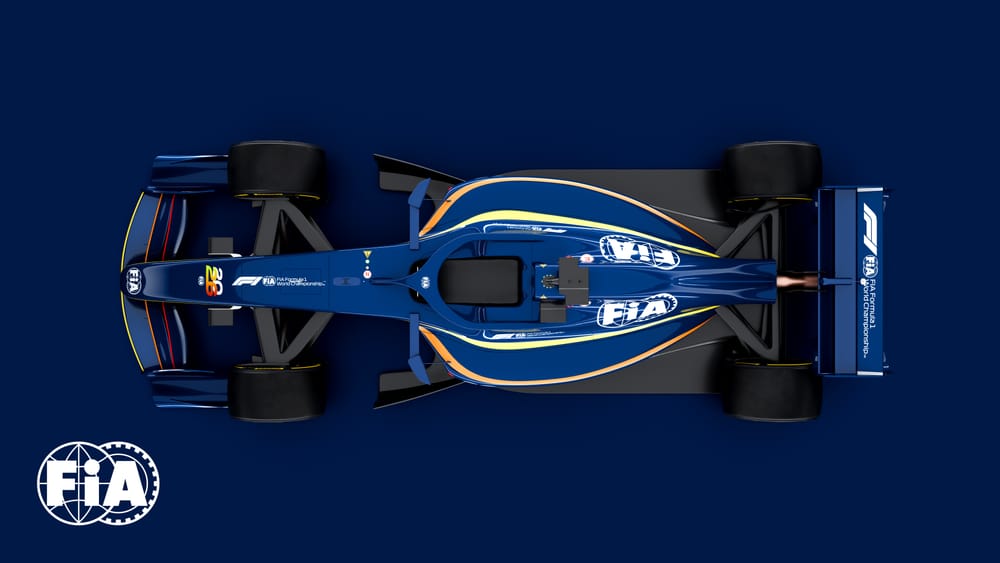Up Next

Mercedes will drop the unique Formula 1 front wing concept introduced at the start of the season for good, with both drivers set to race the new design at the Canadian Grand Prix - despite using the old specification for the rain-affected Friday practice.
Initially the Mercedes W15 featured a front wing with the top element unloaded inboard with just a small strip of carbonfibre connecting the flap to the nose to satisfy the regulations.
At Monaco, George Russell raced the modified design with a more conventional top flap, which Lewis Hamilton will also run in Montreal for the first time. Both drivers ran the old-spec on Friday likely to conserve parts.
Trackside engineering director Andrew Shovlin described it as a “step in the right direction” in Monaco, and technical director James Allison confirmed in Montreal that the original design is now consigned to history.
"Yeah, that concept is now in the past," Mercedes technical director James Allison said when asked by The Race if the old concept is gone for good.
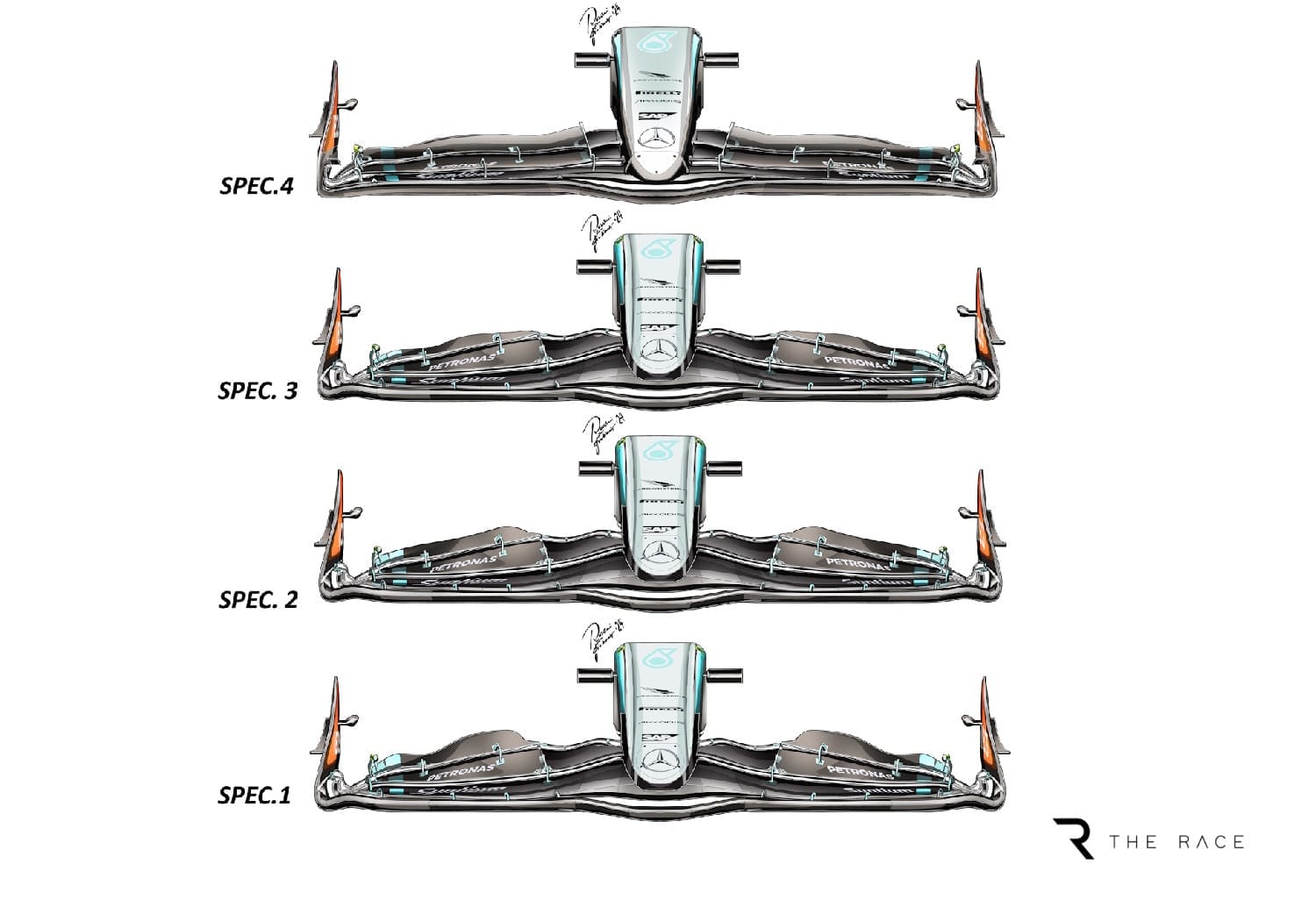
"It allowed us to create the discontinuity in a wing that was anticipated by the rules to be relatively continuous. And that discontinuity allowed a bit of vigour to be injected downstream of the front wing.
"And just by the time you’ve got the car rebalanced, we just had a little bit more downforce with that wing than what we were competing with at the time.
"But give us a few more weeks and a bit more effort and this ended up being a better candidate."
Allison refuted suggestions Mercedes has thrown away the potential gains of an innovation it was proud of, saying: “In this case, it’s not a trade, it’s a win-win.
"The feature that gave us a bit more rebalanced downforce on the old wing, is just better on this wing.
"Over time you find better stuff and what you thought was great isn’t great anymore. And this wing is a better wing than the old wing.”
Alongside bigger brake ducts for Montreal, Mercedes declared re-aligned front suspension arm sheathing to improve the airflow further down the car.
But Allison dismissed this as a significant change for Montreal.
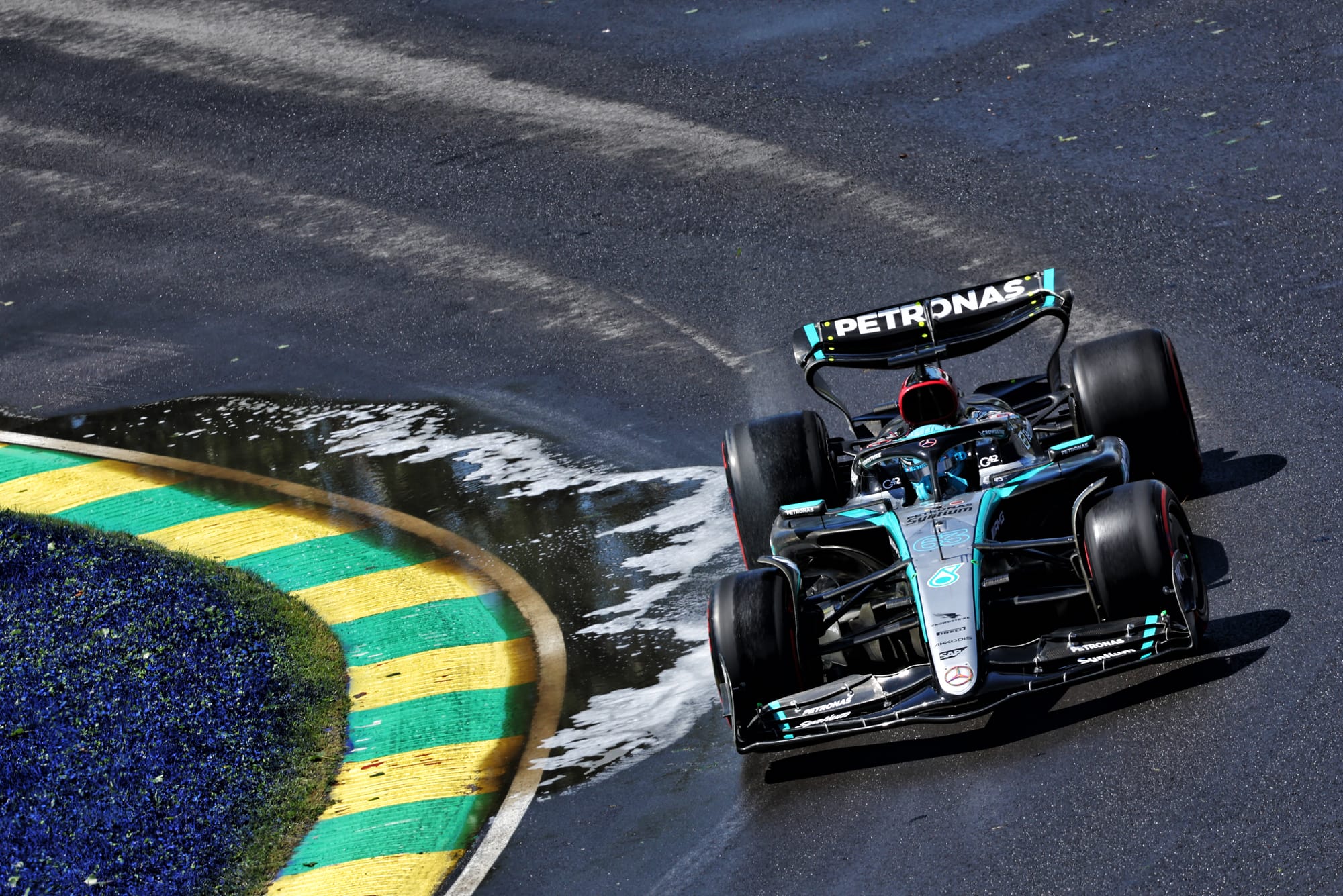
"I think that’s [change] just relative to Monaco, we’ve just put this steering arm back to its normal length," Allison added.
"There’s no fundamental changes that are in suspension."
So what exactly has Merc been working on through this process? The priority with the Mercedes W15 was to tackle the rear-end instability in faster corners that dogged its predecessors. While adding aero load towards the rear is the obvious way to tackle that, as is often the case, it then creates balance problems in other conditions.
To understand why Allison explains one of the fundamental challenges of these cars and the way the front wing works.
“All these cars like being near the ground, which is why all the cars are near the ground,” said Allison. “The front wings on these cars are very big and they probably like being near the ground most of all.
“And that tends to make a car get more nervous as it goes faster, because proportionately more is moving to the front axle than you might wish. And so you're fighting that with these rules.
“The more you find downforce near the ground, the worse that gets. So everyone in 2022, when these rules were first published, weren't as near to the ground as they are now, weren't fighting this inherent behaviour as much then as they are now. And this is just helpful with that.”
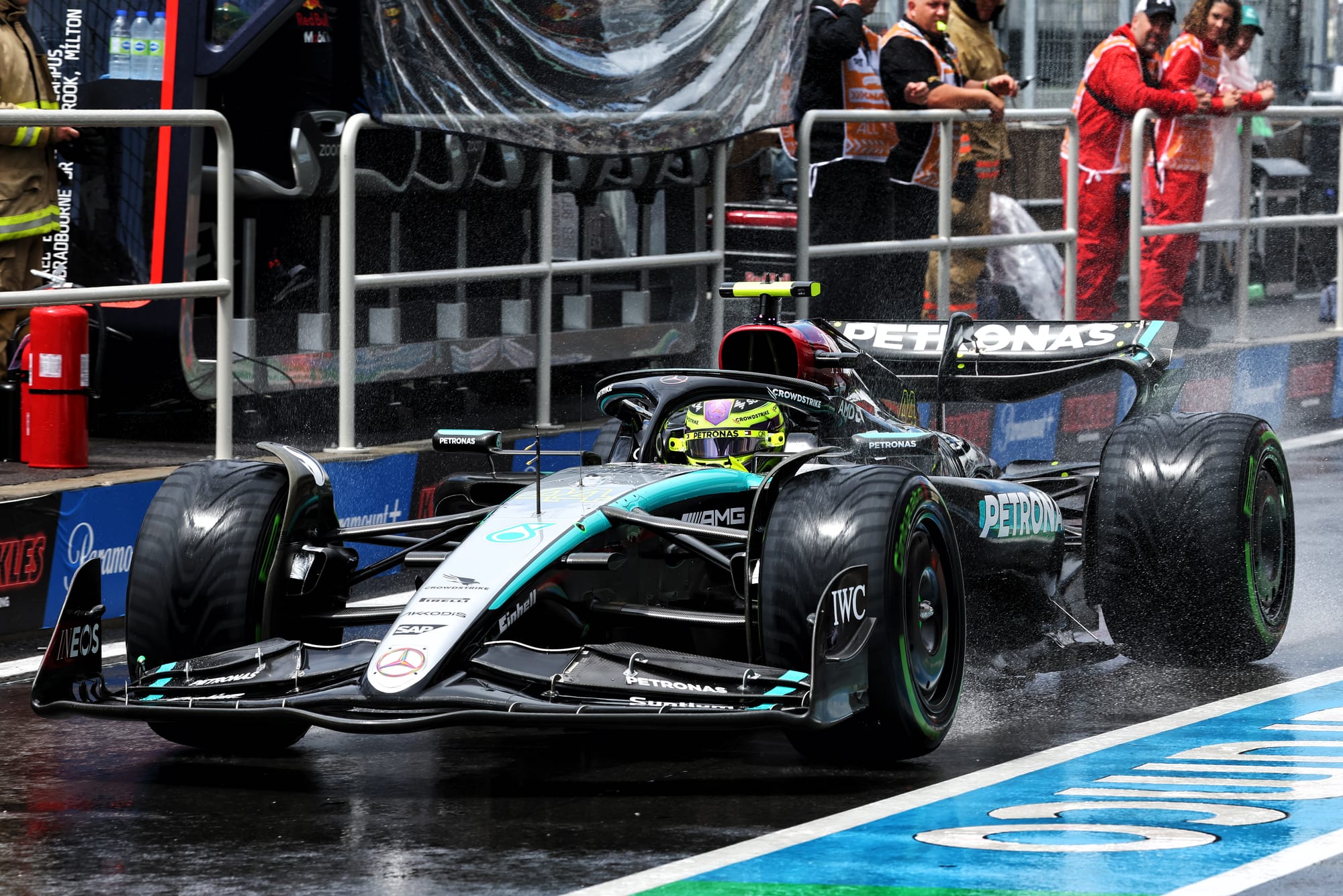
Hence, last year a contributing factor to the front end instability was the front wing working so hard in ground effect and gaining load at high speed that the rear-end didn’t have the aero grip to match it.
This year’s front wing concept helped to supply a more energised airflow to the floor either side of the nose and therefore helped add load further back. However, Mercedes lacked front-end load in slow corners – hence Hamilton’s recent complaint that “the slower you go the less the car wants to turn”.
So having prioritised adding rear downforce, as is often the case this then led to other weaknesses. Hence, Mercedes has switched to a more conventional top flap to add load.
As part of that wing change, the bottom edge of the wing has also become more uniform, potentially as a way to ensure that the ground effect of the front wing gets into at high speed is contained and a repeat of the problem is avoided.
Potentially, this could allow the whole car to run that bit lower without getting into trouble with excessive load while very close to the ground. As Allison says, "This car produces less lift when it's nearer to the ground than the old one did - when you're going quicker that's what you want".
Allison also admitted when asked that a certain degree of controlled flexibility could help “fight the inherent behaviour that I just described”.
And as despite the ban on flexible bodywork none can truly be absolutely rigid, this perhaps hints at some breakthrough in understanding on this score that other teams have made previously, even though what he said was in no way an explicit confirmation of the fact.
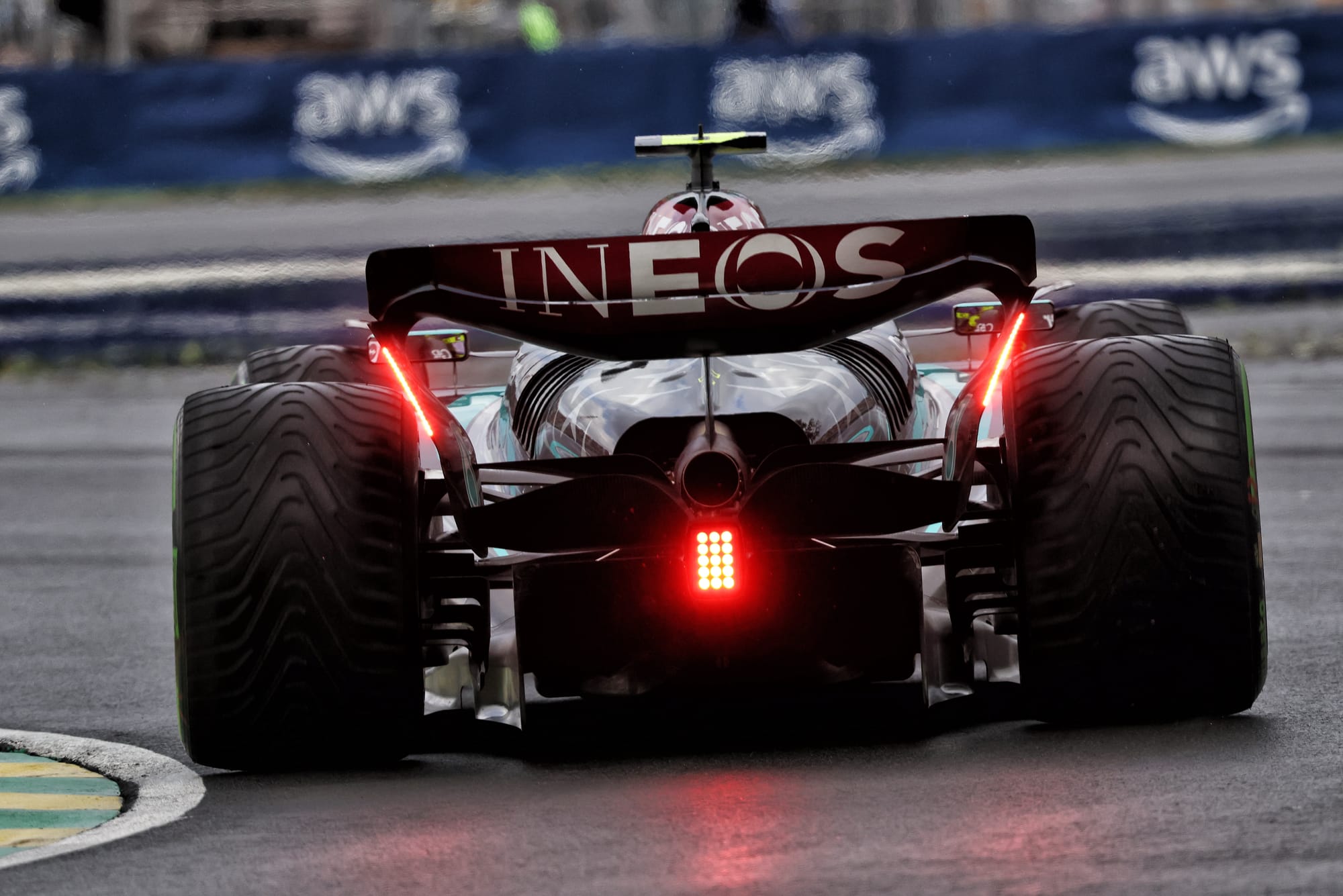
It's not a revolution for Mercedes, but another step in what’s now characterised as more normal development rather than what team principal Toto Wolff called “zig-zagging”.
And if it works as anticipated as Mercedes has the chance to run the new package at a more conventional circuit than Monaco two weeks ago – with that great test of a car’s aerodynamics Barcelona to come after – then it will help to prove that it is at last on the right trajectory.
What every other team has brought
Mark Hughes
Red Bull
A reprofiled rear wing main plane tailored to the specific ideal drag/downforce trade-off for this circuit. Bigger front brake ducts to account for the heavy brake usage around the Circuit Gilles Villeneuve.
Aston Martin
A different twist geometry for the rear beam wing, giving more loading towards the outboard ends, helping to energise the main wing across more of its width.
Williams
A new rear pull rod lighter than the old one as part of Williams’ ongoing weight-slashing programme. It also has a wider range of ride height adjustment than the old one.
RB
A more efficient version of the previous low-drag wing and a front wing with a shorter chord length to balance the car more easily around the low-drag rear wing.
Sauber
The low-drag version of the single pillar rear wing that was introduced at the last race, together with a low-drag beam wing.
Haas
A reduced camber front wing is available if needed to balance the car around the low-drag rear wing.
No upgrades reported = Ferrari, McLaren and Alpine


